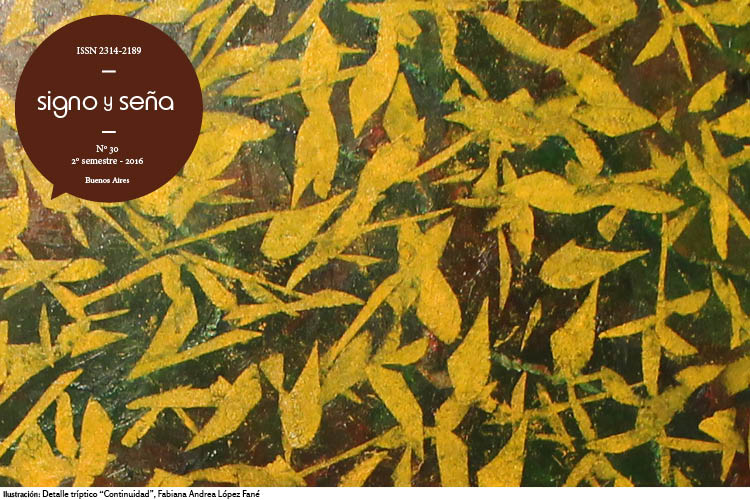Saussure e o (des) encontro de duas gerações acadêmicas no Brasil
Keywords:
synchrony, diachrony, Serafim da Silva Neto, Mattoso Câmara
Abstract
Saussure is considered by the authors of the linguistic history textbooks, both Europeans and Americans, as the great revolutionary of the twentieth century and he is unanimously appointed by the generations that succeeded him as the founder of “modern” linguistic discipline, strictly speaking. Admitting that a similar process has also happened in other academic circles, like the Brazilian one, the central question of this paper is to ask how Saussure was perceived and reported by the Brazilian researchers who have studied these issues in the first half of the twentieth century. How did the Brazilian academic community of that period interpret the relationship between philology and the Saussurean linguistic perspective? Our study material were mainly the reviews, the news, and, selectively, the research papers of the Brazilian philology and Brazilian linguistics journals published in the years before and immediately after the translation of the Course in general linguistics into Portuguese (1970).Downloads
Download data is not yet available.
How to Cite
Altman, C. (1). Saussure e o (des) encontro de duas gerações acadêmicas no Brasil. Signo & Seña, (30), 3-21. https://doi.org/10.34096/sys.n30.3034
Issue
Section
Dossier. Ways of dissemination and reception of the Course of General Linguistics of F. de Saussure in Latin America
- Authors keep the copyright and give the journal the right of the first publication, with the work registered with the Creative Commons Attribution-ShareAlike 4.0 International License, which allows third parties to use what is published whenever they mention the authorship of the work and the first publication in this magazine.
- Authors can make other independent and additional contractual agreements for the non-exclusive distribution of the article published in this journal (eg, include it in an institutional repository or publish it in a book) as long as they clearly indicate that the work It was published for the first time in this magazine.
- Authors are allowed and recommended to publish their work on the Internet (for example on institutional or personal pages).

















